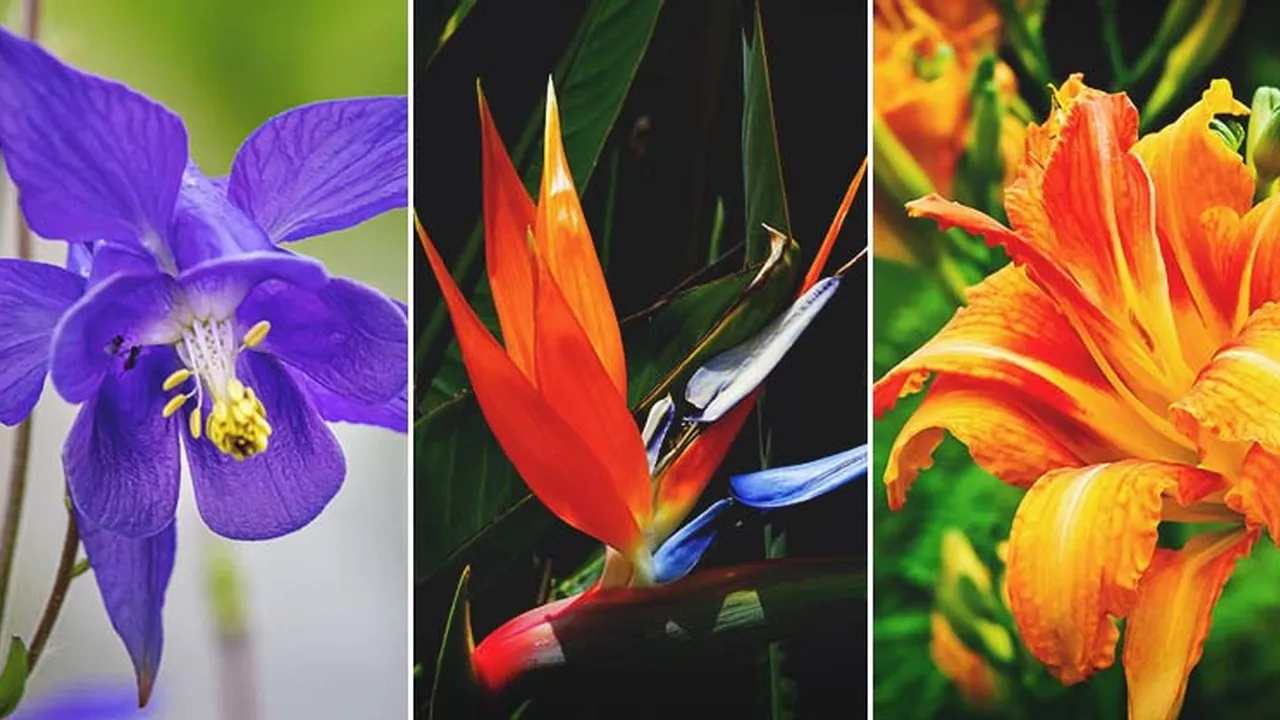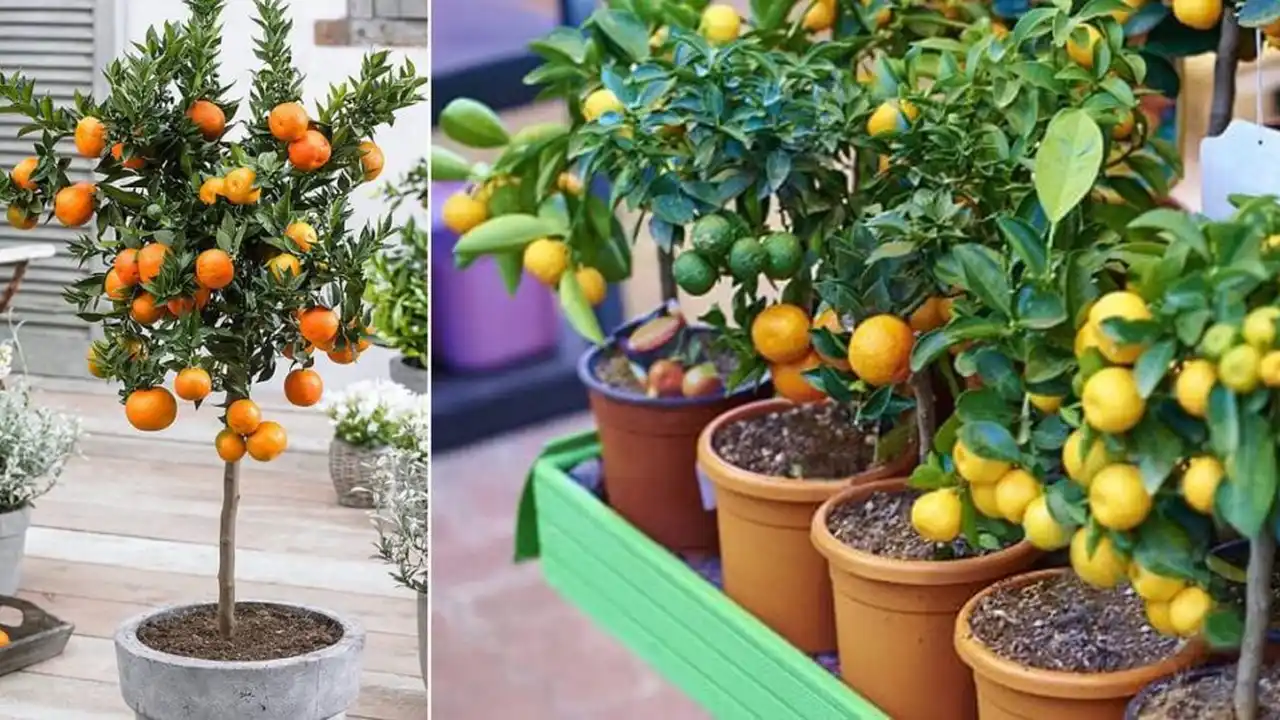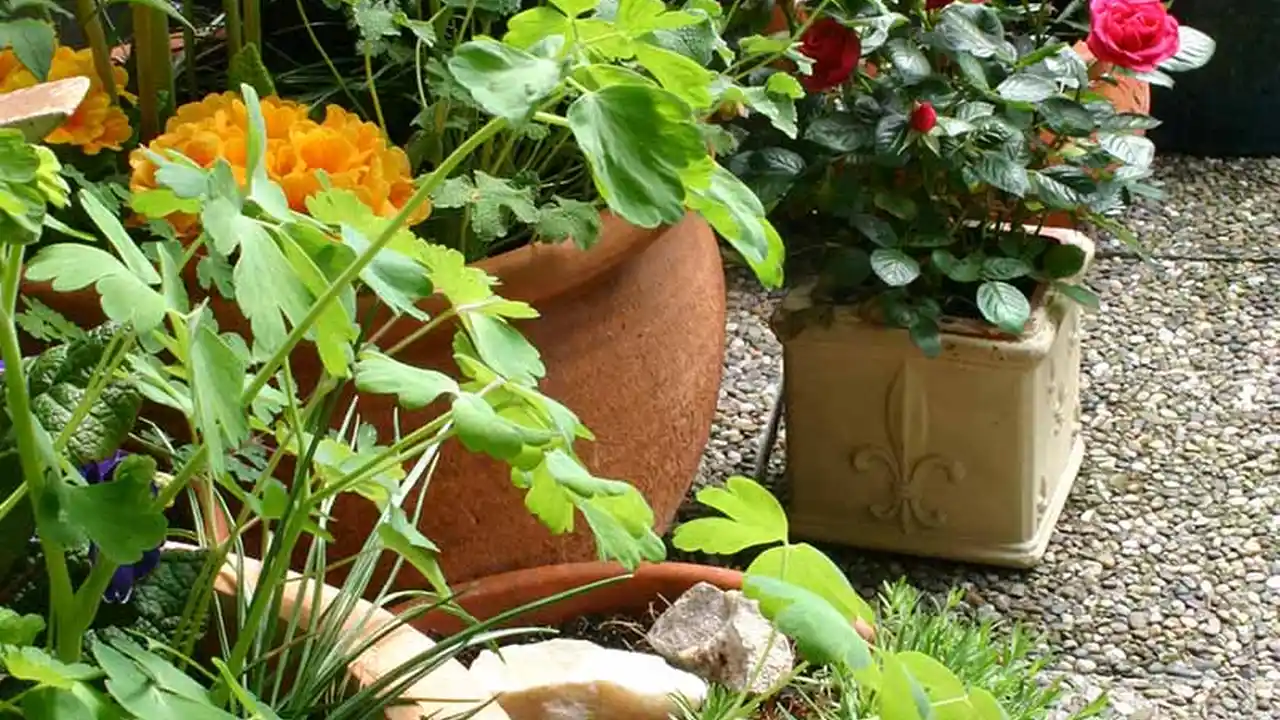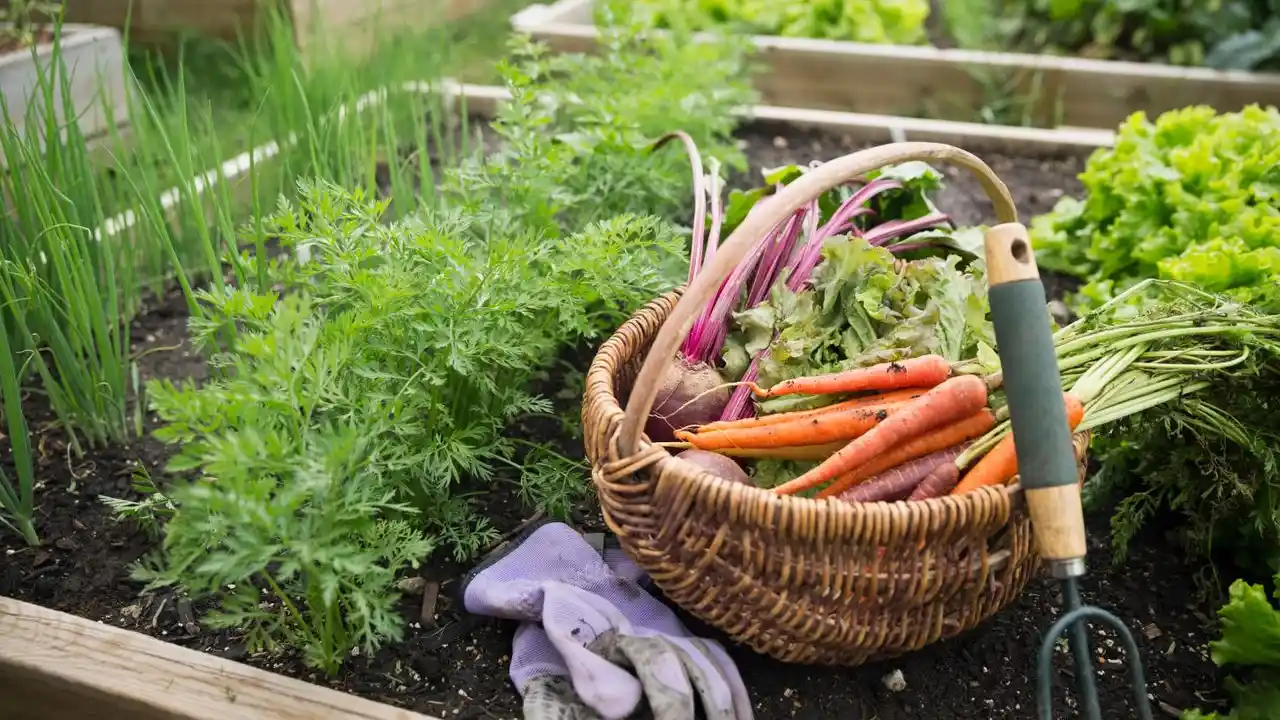Attracting Hummingbirds with Flowers Top 5 Choices
Invite hummingbirds to your garden with these top 5 flower choices. Create a vibrant and lively space.

Attracting Hummingbirds with Flowers Top 5 Choices
Hummingbirds are truly one of nature's most captivating creatures. Their iridescent feathers, rapid wing beats, and acrobatic flight patterns make them a joy to watch. If you're looking to add a touch of magic and vibrant life to your garden, attracting hummingbirds is a fantastic goal. These tiny, energetic birds are primarily drawn to nectar-rich flowers, and by planting the right ones, you can turn your backyard into a buzzing, colorful haven for them. This guide will walk you through the best flower choices, offer practical tips, and even suggest some products to help you create the ultimate hummingbird magnet.
Understanding Hummingbird Preferences Flower Color and Shape
Before we dive into specific flower recommendations, it's helpful to understand what makes a flower appealing to hummingbirds. Unlike bees, which are attracted to a wide range of colors, hummingbirds have a strong preference for certain hues. They are particularly drawn to bright, vivid colors, especially red, orange, and pink. While they will visit other colors, these fiery shades act like a beacon for them.
Beyond color, the shape of the flower is also crucial. Hummingbirds have long, slender beaks and even longer tongues, perfectly adapted for reaching nectar deep within tubular or trumpet-shaped flowers. Flowers with wide, open petals might be great for bees, but they don't offer the deep nectar reservoirs that hummingbirds seek. So, when you're selecting plants, think 'tube' or 'trumpet'!
Top 5 Flower Choices for Hummingbird Gardens Nectar Rich Blooms
Here are our top 5 picks for flowers that are guaranteed to attract hummingbirds to your garden. These plants are not only beautiful but also provide the high-energy nectar these tiny birds need.
1. Bee Balm Monarda didyma Hummingbird Favorite
Bee Balm, also known as Monarda or Bergamot, is an absolute hummingbird magnet. Its unique, shaggy, tubular flowers come in shades of red, pink, purple, and white. The red varieties are particularly effective at drawing in hummingbirds. Bee Balm is a native North American plant, making it well-suited to many climates and relatively easy to grow. It thrives in full sun to partial shade and prefers moist, well-drained soil. Beyond hummingbirds, it also attracts bees and butterflies, making it a fantastic all-around pollinator plant.
Growing Tips for Bee Balm: Plant in spring or fall. Space plants about 18-24 inches apart. Deadhead spent blooms to encourage more flowers. Divide clumps every 2-3 years to maintain vigor and prevent overcrowding. Watch out for powdery mildew in humid conditions; ensure good air circulation.
2. Trumpet Vine Campsis radicans Vigorous Climber
If you're looking for a dramatic statement and a powerful hummingbird attractor, the Trumpet Vine is an excellent choice. Its large, trumpet-shaped flowers, typically orange or red, are irresistible to hummingbirds. This is a vigorous climber, so be prepared to give it plenty of space and a sturdy support structure like a trellis, arbor, or fence. It can grow quite large and spread, so consider its placement carefully. Trumpet Vine thrives in full sun and is quite drought-tolerant once established.
Growing Tips for Trumpet Vine: Plant in full sun for best flowering. Provide a strong support structure. Prune heavily in late winter or early spring to control its size and encourage more blooms. Be aware that it can be aggressive in some regions, so check local guidelines.
3. Cardinal Flower Lobelia cardinalis Striking Red Blooms
As its name suggests, the Cardinal Flower boasts brilliant, fiery red flowers that are a beacon for hummingbirds. This native perennial prefers moist to wet soil conditions and partial shade, making it an excellent choice for boggy areas, pond edges, or rain gardens. Its tall, upright flower spikes are a stunning addition to any garden and provide a rich source of nectar for hummingbirds throughout the summer and early fall.
Growing Tips for Cardinal Flower: Plant in moist to wet soil. Prefers partial shade but can tolerate full sun if soil remains consistently moist. Mulch around the base to retain moisture. It may be short-lived but often self-seeds if conditions are right.
4. Salvia Sages Diverse and Drought Tolerant
The Salvia genus is incredibly diverse, offering a wide range of species and cultivars that are fantastic for hummingbirds. Many Salvias have tubular flowers in shades of red, pink, purple, and blue. Some of the best hummingbird-attracting Salvias include Salvia splendens (Scarlet Sage), Salvia greggii (Autumn Sage), and Salvia leucantha (Mexican Bush Sage). Many Salvias are drought-tolerant once established and thrive in full sun, making them a versatile choice for various garden styles.
Growing Tips for Salvia: Plant in full sun and well-drained soil. Most Salvias are relatively low-maintenance. Deadhead spent blooms to encourage continuous flowering. Some varieties are perennial, while others are grown as annuals depending on your climate zone.
5. Petunia Hybrid Varieties Abundant Blooms
While not all petunias are equally attractive to hummingbirds, many of the newer hybrid varieties with trumpet-shaped flowers are excellent choices. Look for varieties with single, tubular blooms, especially in red, pink, or purple. Petunias are incredibly versatile and can be grown in hanging baskets, containers, or as bedding plants. They offer continuous blooms from spring until frost, providing a long-lasting nectar source for hummingbirds.
Growing Tips for Petunias: Plant in full sun and well-drained soil. Fertilize regularly, especially if grown in containers, as they are heavy feeders. Deadhead spent blooms to encourage more flowers and prevent seed formation. Keep soil consistently moist but not waterlogged.
Beyond Flowers Hummingbird Feeders and Accessories
While flowers are the primary draw, you can further enhance your hummingbird garden with feeders and other accessories. These can be particularly useful early in the season before flowers are in full bloom, or late in the season when natural nectar sources dwindle.
Hummingbird Feeders Types and Recommendations
Hummingbird feeders provide a reliable source of sugar water, mimicking natural nectar. When choosing a feeder, look for ones that are easy to clean and have red accents, as this color attracts hummingbirds. Avoid feeders with yellow parts, as these can attract bees and wasps.
Comparison of Feeder Types:
- Saucer Feeders: These are typically flat, dish-shaped feeders with feeding ports on top. They are generally easier to clean and less prone to dripping.
- Bottle Feeders: These have an inverted bottle that holds the nectar, with feeding ports at the bottom. They often hold more nectar but can be harder to clean and more prone to leaks if not sealed properly.
Recommended Products:
1. Perky-Pet Red Glass Hummingbird Feeder: This is a classic bottle-style feeder, often available for around $15-$25. It features a beautiful red glass bottle and multiple feeding ports. It's durable and the red color is highly attractive. Usage Scenario: Ideal for hanging from a shepherd's hook or tree branch, providing a consistent nectar supply.
2. Aspects HummZinger High-View Feeder: A popular saucer-style feeder, usually priced between $20-$35. It's known for its ease of cleaning and built-in ant moat. The high-view perch allows hummingbirds to rest while feeding, offering great viewing opportunities. Usage Scenario: Perfect for placing near a window or patio for close-up observation, especially if you want to deter ants.
3. First Nature 3055 16-Ounce Hummingbird Feeder: A budget-friendly option, typically under $10. This plastic bottle feeder is simple, effective, and easy to fill. Usage Scenario: Great for beginners or those wanting multiple feeders without a large investment. Its simplicity makes it easy to maintain.
Nectar Recipe and Care
Making your own hummingbird nectar is simple and much safer than store-bought versions that often contain red dyes (which are unnecessary and potentially harmful). The recipe is just sugar and water:
- Ingredients: 1 part granulated white sugar, 4 parts water.
- Instructions: Bring water to a boil, stir in sugar until dissolved. Let cool completely before filling feeders. Store any extra in the refrigerator for up to two weeks.
Important Feeder Care: Clean your feeders regularly, especially in warm weather. Every 2-3 days is ideal. Use hot water and a bottle brush; avoid soap if possible, or rinse thoroughly if used. This prevents mold and bacterial growth, which can be harmful to hummingbirds.
Optimizing Your Garden for Hummingbirds Habitat and Water
Beyond just flowers and feeders, creating a holistic hummingbird-friendly environment involves considering their other needs: shelter and water.
Providing Shelter and Perching Spots
Hummingbirds need places to rest, perch, and seek shelter from predators or harsh weather. Tall trees, shrubs, and dense foliage provide ideal spots. Consider planting a mix of heights in your garden to offer various perching options. A nearby tree or large shrub can serve as a 'staging area' where they can survey the feeders and flowers before approaching.
Water Sources for Hummingbirds
While hummingbirds get most of their water from nectar, they also need to drink and bathe. A shallow bird bath with a mister or a dripper attachment is ideal. Hummingbirds are attracted to moving water, so a small fountain or a fine mist from a sprinkler can be very appealing. Avoid deep bird baths, as they prefer very shallow water or just a fine spray.
Recommended Water Feature:
1. Allied Precision Industries 650 Heated Bird Bath with Mister: While primarily a heated bird bath for winter, many models come with mister attachments or can be adapted. A good quality mister can cost anywhere from $20-$50. Usage Scenario: Provides a consistent fine mist that hummingbirds love to fly through and bathe in, especially on hot days. Can be attached to a garden hose.
General Tips for a Thriving Hummingbird Garden Year-Round Attraction
To ensure your garden is a consistent haven for hummingbirds, keep these general tips in mind:
- Plant in Groups: Plant several of the same type of flower together in a cluster. This creates a larger, more visible target for hummingbirds and makes it more efficient for them to feed.
- Provide Continuous Blooms: Choose a variety of flowers that bloom at different times throughout the growing season. This ensures a continuous supply of nectar from spring to fall.
- Avoid Pesticides: Hummingbirds feed on small insects and spiders in addition to nectar, especially during nesting season. Pesticides can harm their food source and directly impact the birds themselves. Opt for natural pest control methods.
- Be Patient: It might take some time for hummingbirds to discover your garden, especially if you're just starting. Once they find a reliable food source, they are likely to return year after year.
- Consider Native Plants: Native plants are often best adapted to your local climate and soil conditions, making them easier to grow. They also provide the most familiar and beneficial food sources for local hummingbird species.
By incorporating these top flower choices, providing supplemental feeders, and creating a welcoming habitat, you'll soon be enjoying the mesmerizing presence of hummingbirds in your garden. Happy gardening!
:max_bytes(150000):strip_icc()/277019-baked-pork-chops-with-cream-of-mushroom-soup-DDMFS-beauty-4x3-BG-7505-5762b731cf30447d9cbbbbbf387beafa.jpg)






